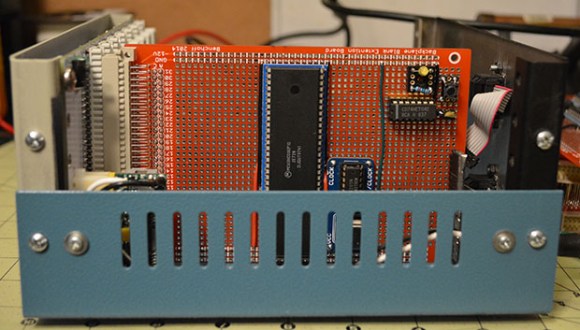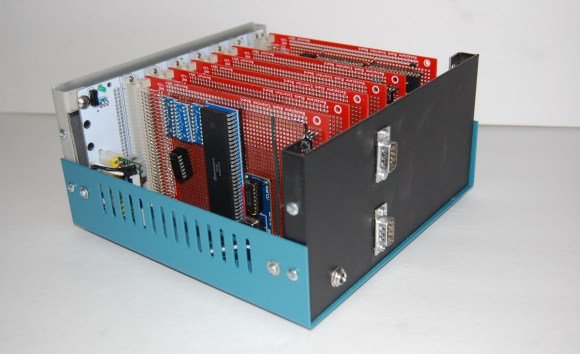 It’s time for more blatant advertising for Hackaday Projects, the best project hosting site on the Internet. Did we tell you it’s collaborative? That you and your friends can work on projects together? Want more encouragement to join? How about a contest with prizes that include oscilloscopes, FPGA dev boards, soldering and rework stations, Beaglebones and Raspberries and Spark Cores? Oh my!
It’s time for more blatant advertising for Hackaday Projects, the best project hosting site on the Internet. Did we tell you it’s collaborative? That you and your friends can work on projects together? Want more encouragement to join? How about a contest with prizes that include oscilloscopes, FPGA dev boards, soldering and rework stations, Beaglebones and Raspberries and Spark Cores? Oh my!
Oh. We’re also developing a retrocomputer to show off the features of Hackaday Projects. This is the latest update, showing off the architecture of the entire system, the memory map, and the logic glue and buffers. The plan for this project is to have it host another awesome Hackaday site, our retro version, a small off-shoot of the main Hackaday site that’s specifically designed to be loaded by computers built before 1993. There haven’t been many retro successes in the Hackaday tip line recently, so if you manage to get a vintage computer to pull the retro site up, snap a pic and send it in.
For those of you wanting to catch up on the Hackaday 68k project, here’s the Hackaday Projects page, and here’s all the front page updates. Click that ‘Read more…’ link for the update.



















